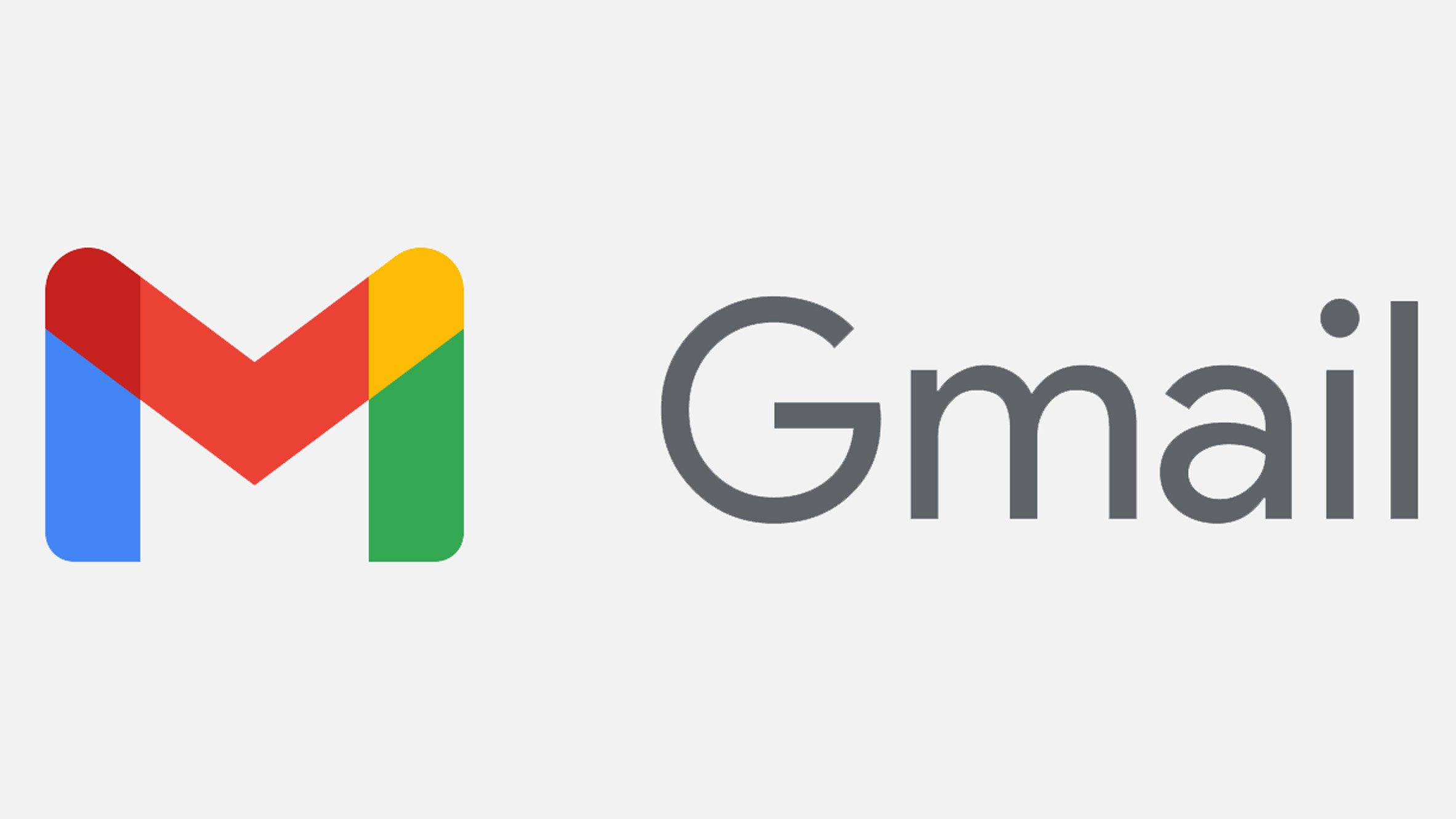**Business Case Study: Gmail**
**Introduction:**
Gmail, Google's email service, debuted on April 1, 2004, initially as an invitation-only beta release. Since its inception, Gmail has evolved into one of the world's most widely utilized email platforms. This case study delves into the factors that have propelled Gmail's success and its significant impact on the email service sector.
**1. Pioneering Features:**
Gmail revolutionized email services with innovative features that distinguished it from traditional providers. Notable features include extensive storage capacity, threaded conversations, robust search functionality, and organized inbox tabs. These features redefined email management, offering users a more efficient and structured communication experience.
**2. Seamless Integration within Google Ecosystem:**
Gmail seamlessly integrates with other Google services such as Google Drive, Calendar, and Meet. This integration enables users to access additional functionalities directly from their Gmail accounts, enhancing productivity and collaboration. For instance, users can effortlessly attach files from Google Drive or schedule meetings using Google Calendar within the Gmail interface.
**3. User-Friendly Interface:**
Gmail's intuitive and clutter-free interface significantly contributes to its widespread adoption. The interface is easy to navigate, with customizable settings and shortcuts that streamline email management tasks. Moreover, Gmail's responsive design ensures a consistent user experience across various devices, including desktops and mobile devices.
**4. Emphasis on Security and Privacy:**
Gmail places a strong emphasis on user security and privacy, employing advanced encryption and authentication measures to safeguard user data. Features like two-factor authentication, spam filtering, and phishing detection help protect users against online threats and malicious activities. Gmail's commitment to security has earned the trust of millions of users globally.
**5. Continuous Innovation and Updates:**
Google consistently updates Gmail by introducing new features and improvements based on user feedback and technological advancements. These updates aim to enhance usability, productivity, and security, ensuring that Gmail remains at the forefront of email service innovation.
**6. Business and Enterprise Solutions:**
Gmail offers tailored solutions for businesses and enterprises through Google Workspace (formerly G Suite). Google Workspace provides professional email hosting, collaboration tools, and administrative controls, catering to the needs of organizations of all sizes. With features like custom email domains, shared calendars, and video conferencing, Google Workspace offers a comprehensive solution for business communication and collaboration.
**7. Cross-Platform Accessibility:**
Gmail's availability across multiple platforms, including web browsers, mobile apps (Android and iOS), and desktop email clients, ensures users can access their email accounts anytime, anywhere, and from any device. This cross-platform accessibility enhances flexibility and convenience, facilitating seamless communication on the go.
**8. Global Reach and Adoption:**
With billions of active users worldwide, Gmail has established itself as a leading player in the email service industry. Its global reach and widespread adoption make it a preferred choice for individuals, businesses, and organizations worldwide, reaffirming its status as a cornerstone of digital communication.
**Conclusion:**
Gmail's success stems from its pioneering features, seamless integration within the Google ecosystem, user-friendly interface, robust security measures, continuous innovation, and global accessibility. As Gmail continues to evolve to meet the evolving needs of users and technological advancements, it remains a dominant force in the email service sector, empowering users to communicate and collaborate effectively through email.


0 Comments